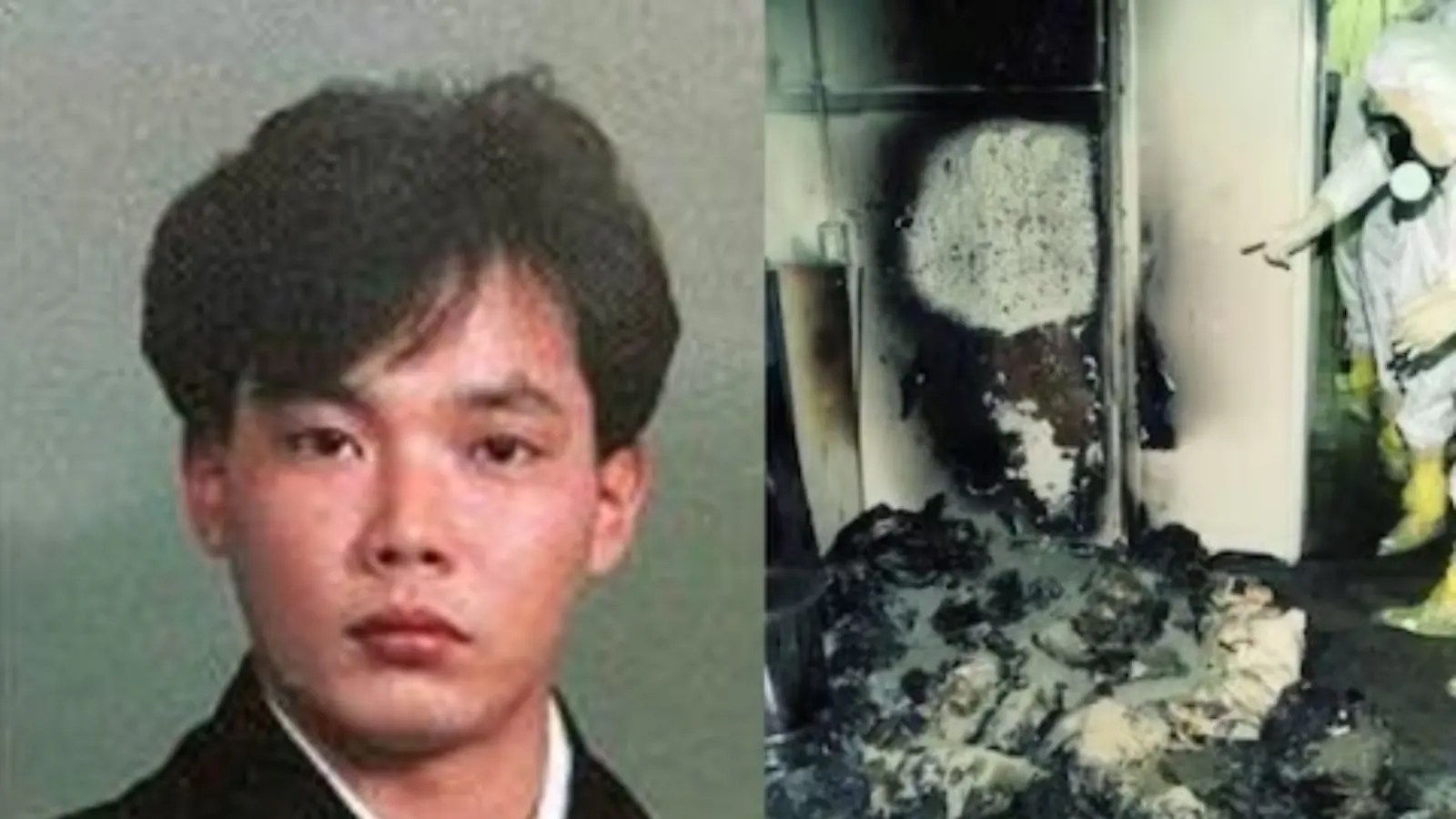The story of Hisashi Ouchi is both tragic and harrowing, capturing the attention of the world due to the severity of his injuries and the resulting ethical dilemmas faced by medical professionals. Hisashi Ouchi was a Japanese nuclear plant worker who suffered one of the most severe cases of radiation exposure in history. The incident occurred at the Tokaimura nuclear facility in Japan on September 30, 1999, leading to a series of events that would forever change the lives of those involved. The images and accounts of his suffering have since become emblematic of the dangers associated with nuclear energy.
The incident involving Hisashi Ouchi has been a subject of intense scrutiny and debate, particularly regarding the medical interventions that followed his exposure. With an exposure level that was unprecedented, medical professionals were thrust into uncharted territory, grappling with the best course of action to alleviate his suffering. Despite their efforts, Ouchi's struggle lasted for 83 days, during which time he endured excruciating pain and a rapidly deteriorating condition. This case has since prompted discussions about medical ethics, nuclear safety, and the responsibilities of those in the energy sector.
Over the years, the story of Hisashi Ouchi has been revisited by various media outlets, researchers, and historians, each attempting to piece together the events that transpired and their implications. The images and reports from the time continue to serve as a stark reminder of the potential consequences of nuclear accidents. As we reflect on these events, it is crucial to understand the context, the challenges faced by those involved, and the lessons learned in the aftermath. This article aims to provide a comprehensive overview of the incident, exploring the intricacies surrounding Hisashi Ouchi's case while offering insights into the broader implications for nuclear safety and medical ethics.
Table of Contents
Biography of Hisashi Ouchi
Hisashi Ouchi was born on March 12, 1965, in Japan. He was an ordinary man who led a relatively quiet life until the tragic incident at the Tokaimura nuclear facility. Ouchi worked as a technician, a job that involved responsibilities in handling nuclear materials. His life took a drastic turn when he was exposed to lethal levels of radiation during a criticality accident at the plant.
Before delving into the details of the incident, it's important to understand who Hisashi Ouchi was as a person. He was known to be diligent and hardworking, traits that were highly regarded by his peers and supervisors. Despite the inherent risks of his profession, Ouchi was committed to his work, displaying a keen sense of duty and responsibility.
| Full Name | Hisashi Ouchi |
|---|---|
| Date of Birth | March 12, 1965 |
| Place of Birth | Japan |
| Occupation | Nuclear Technician |
| Date of Incident | September 30, 1999 |
Overview of the Tokaimura Incident
The Tokaimura nuclear accident is a stark reminder of the potential hazards that accompany nuclear energy production. On September 30, 1999, a criticality accident occurred at the JCO Tokaimura nuclear fuel processing facility in Ibaraki Prefecture, Japan. This incident marked the worst nuclear disaster in Japan before the Fukushima Daiichi nuclear disaster in 2011.
The accident was triggered by the improper handling of uranium during the fuel processing phase. Ouchi, along with two other technicians, was involved in the manual mixing of a uranium solution in a precipitation tank. This unauthorized procedure led to an uncontrolled nuclear chain reaction, releasing a burst of neutron radiation into the environment.
Due to the proximity of the workers to the reaction, they were exposed to extremely high doses of radiation. Hisashi Ouchi, being the closest to the epicenter, suffered the most severe exposure. The immediate aftermath of the incident saw emergency protocols being activated, with Ouchi and his colleagues rushed to the hospital for urgent medical care.
Effects of Radiation Exposure
Radiation exposure, particularly at high doses, can have devastating effects on the human body. The severity of the damage is influenced by the dose, type of radiation, and duration of exposure. In the case of Hisashi Ouchi, the exposure was both intense and prolonged, leading to catastrophic health consequences.
Radiation damages cells by breaking the chemical bonds within DNA, leading to cell death or mutations. In Ouchi's case, the radiation exposure was so severe that it destroyed his bone marrow, a critical component of the body's hematopoietic system. This resulted in the inability to produce new blood cells, leaving his body vulnerable to infections and bleeding.
Moreover, Ouchi experienced severe burns over much of his body, as well as damage to his internal organs. The high radiation dose also caused a breakdown of the skin and tissue, leading to excruciating pain and a rapi
Article Recommendations


ncG1vNJzZmibkafBprjMmqmknaSeu6h6zqueaKuYlr2msIycoKednZZ6qbXSraarsV%2BdtrSt0qGgZqelmLWqec%2Bhpq2nXp3Brrg%3D